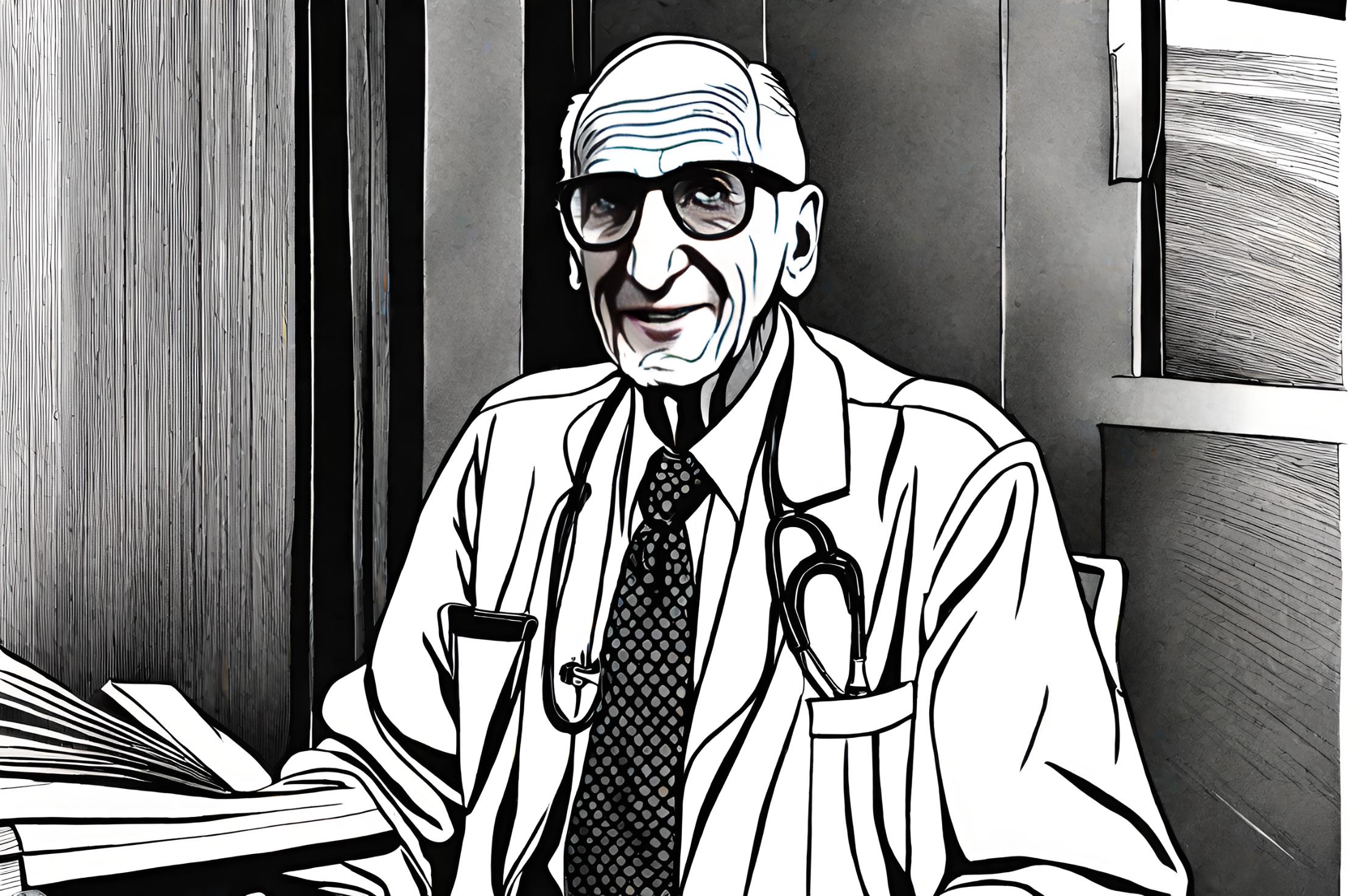Flashback to February 5
American History

2006
The United States population reaches 300 million based on a United States Census Bureau projection.
Read moreOctober 17, 2006, marked a historical achievement in the United States as the population soared to a monumental figure of 300 million, according to the projections delivered by the United States Census Bureau. A significant event in the nation’s demographic journey, this milestone underscored the dynamism and growth of America’s populace.
It was an event that underscored the region’s robust growth compared to most developed nations, with diverse factors leading to the sustained increase. From natural increase encompassing births overpowering deaths, to immigration from across the globe, various elements drove the United States’ population upwards.
The phenomenal escalation toward the 300 million mark began with the post World War II baby boom. The upward trajectory of general popularity and development subsequently fuelled continual population growth. As a result, the American populations’ distinct diversification played an instrumental role in its steady rise.
The surge to 300 million inhabitants also had profound implications for the U.S. economy as well. A burgeoning population equates to a larger workforce, setting the stage for higher productivity and innovation. Therefore, the momentous occasion brought along an array of advantages that intensified the United States’ economic stature on a global scale.
However, the rise in numbers has not been without challenges. From resource allocation to social services and infrastructure, addressing the needs of an accelerating population presented its fair share of difficulties. It called for initiatives focusing on effectual expansion and management, a mission assimilated by policymakers, planners, and economists.
Furthermore, the population boom brought to the forefront key discussion points surrounding immigration. As a substantial motor of America’s population engine over the years, migration saw a surge. Immigrants and their descendants were anticipated to provide a sizable share of the population increase, triggering debates on immigration policies and practices.
Transitioning focus from national to regional, the population growth unevenly dispersed across the United States. The West and the South regions witnessed higher rates of growth compared to the Northeast and the Midwest. These demographic shifts contributed to altering economic, political, and social landscapes across various communities.
From an environmental angle, as the population surged, so did the onus on the environment and resources. The correlation between population growth and environmental impact was starkly visible, igniting conversations on sustainable living, efficient resource usage, and conservation methods.
In terms of societal outlook, the leap to 300 million had several reverberations. The greater numbers implicated an even more multicultural, multiracial, and multiethnic society. The blend of diverse languages, traditions, and cultures added layers to the American identity, painting a mixed palimpsest of society.
In retrospect, October 17, 2006, stands out as a day of reckoning in the United States, as the Census Bureau reported a population of 300 million. Both the rapid growth rate and the breadth of diversity outlined the nation’s exceptional demographic landscape.
While instances alike intend to celebrate the country’s growth and prosperity, they also serve as crucial reminders of the complexities that accompany them. They denote an urgent need for sustainable solutions, sensible policies, and far-sighted planning to accommodate, support, and enrich the future of the expanding American population.
Altogether, the day the United States population reputedly hit the 300 million spot is more than just a statistical factoid. It reflects on the multifaceted demographic trajectory of the country. Remembering this day allows us to appreciate the profound shifts the nation has realized, serving as a benchmark for forthcoming demographic and social transformations.
We strive for accuracy. If you see something that doesn't look right, click here to contact us!
Sponsored Content

A Michigan court bars…
On 2/5/1991, a Michigan…

Arizona House of Representatives…
On February 5, 1988,…

South Carolina becomes the…
On February 5, 1778,…

US Congress overrides Wilson’s…
On February 5, 1917,…

